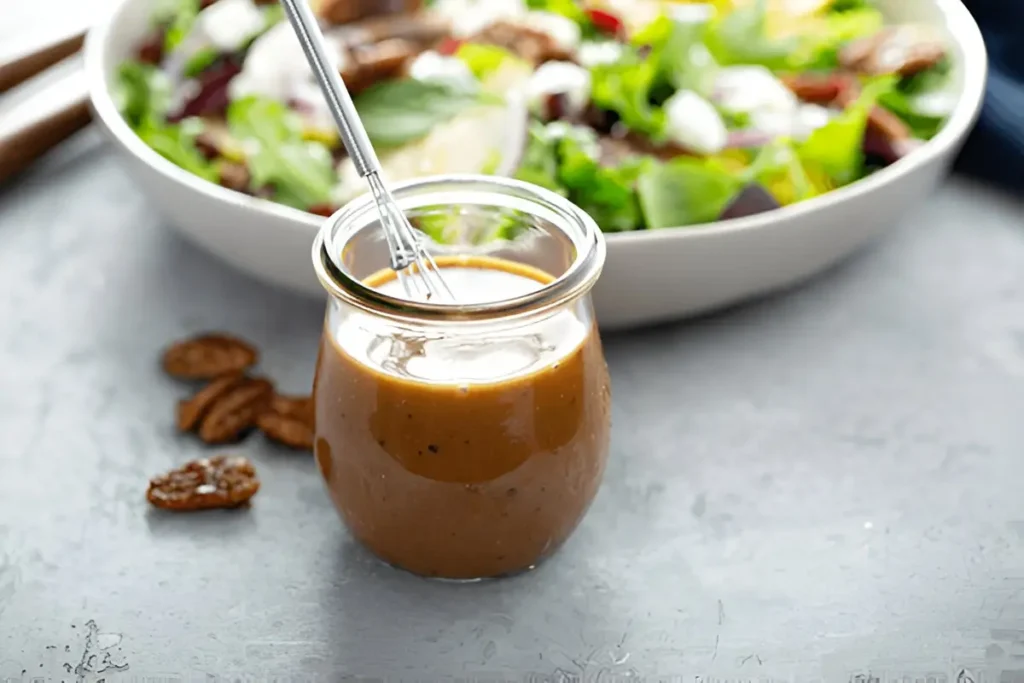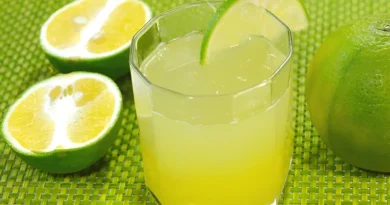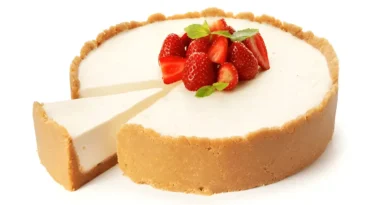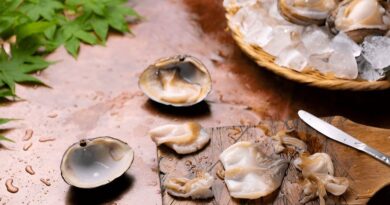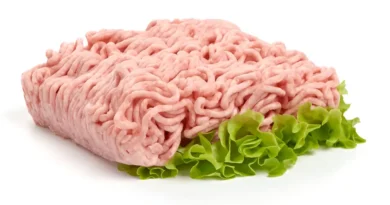The Best Healthy Balsamic Vinaigrette Recipe For Your Salad
Are you tired of store-bought salad dressings filled with preservatives and additives? Making your own easy homemade dressing, like this Healthy Balsamic Vinaigrette Recipe, is simpler than you think, and it’s a great way to elevate your salads with a burst of flavor.
Homemade dressings are not only better for you, but they’re also cost-effective and customizable to your taste preferences. A healthy salad dressing can be made with just a few ingredients, and it’s ready in minutes.
By choosing to make your own Healthy Balsamic Vinaigrette Recipe, you’re taking control of what goes into your food, ensuring it’s free from unwanted additives. This simple recipe will guide you through creating a delicious and healthy salad dressing that’s perfect for any salad
Table of Contents
Why Homemade Dressings Beat Store-Bought Options
By choosing to make your own dressings, you can ensure they are tailored to your dietary needs and preferences. Homemade dressings offer a range of benefits, from improved health outcomes to cost savings.
Health Benefits of Making Your Own Dressings
Making your own salad dressing allows you to control the ingredients, ensuring that your healthy salad dressing is free from unwanted additives. As noted by a study, “homemade dressings contain fewer additives and less sodium than store-bought versions.”
Control Over Ingredients and Additives
When you make your own dressing, you can choose the quality of each ingredient. This means you can avoid preservatives and artificial flavorings commonly found in commercial products, creating a truly gluten-free vinaigrette if needed.
Lower Sodium and Sugar Content
Store-bought dressings often contain high levels of sodium and sugar. By making your own low calorie salad dressing, you can adjust the ingredients to suit your dietary requirements, significantly reducing these unwanted components.
Cost Comparison: Homemade vs. Store-Bought
While the initial cost of ingredients for homemade dressings might seem higher, the long-term savings are significant. A bottle of store-bought dressing can cost upwards of $5, whereas making your own homemade dressing can cost as little as $1 per serving. As
“The cost-effectiveness of homemade dressings becomes apparent when you consider the longevity and versatility of the ingredients.”
By making your own dressings, you not only save money but also have the flexibility to experiment with different flavors and ingredients.
Essential Ingredients for the Perfect Healthy Balsamic Vinaigrette Recipe
Creating a healthy balsamic vinaigrette recipe starts with selecting the finest ingredients. The quality of your vinaigrette is directly dependent on the quality of its components. In this section, we’ll explore the essential ingredients needed to craft a delicious and healthy balsamic vinaigrette.
Quality Balsamic Vinegar: What to Look For
When it comes to balsamic vinegar, not all varieties are created equal. The best balsamic vinegar is made from the juice of white grapes, specifically the Trebbiano grape, and is aged for several years.
Traditional vs. Commercial Varieties
Traditional balsamic vinegar is produced using a labor-intensive process that involves aging the vinegar for a minimum of 6 years. In contrast, commercial varieties are often made with a mixture of vinegar, coloring, and flavorings, and are aged for a much shorter period.
Aging and Flavor Profiles
The aging process significantly impacts the flavor profile of balsamic vinegar. A longer aging process results in a thicker, sweeter, and more complex vinegar. Look for products labeled as “aged” or “invecchiato” for a richer flavor.
Choosing the Right Oil
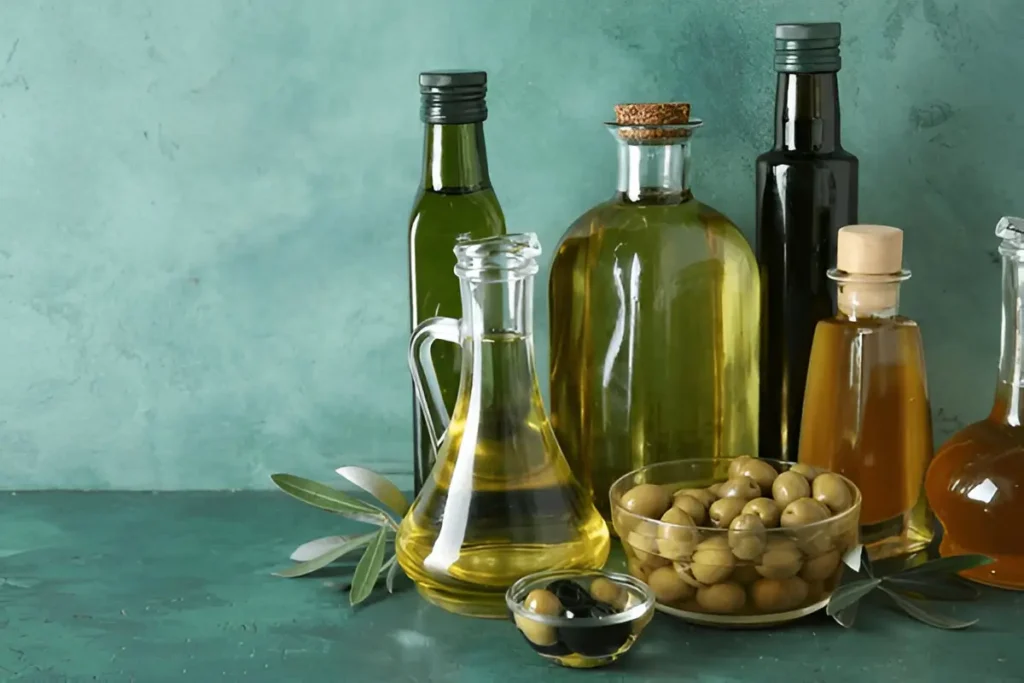
The type of oil used in your vinaigrette can greatly affect its flavor and nutritional profile. While there are several options available, extra virgin olive oil remains a popular choice due to its health benefits and rich flavor.
Extra Virgin Olive Oil Benefits
Extra virgin olive oil is rich in monounsaturated fats, which can help lower total cholesterol and LDL (“bad”) cholesterol levels. It’s also a rich source of antioxidants, including vitamin E and polyphenols.
Alternative Oils for Different Flavors
While extra virgin olive oil is a classic choice, you can also experiment with other oils to create different flavor profiles. Avocado oil, grapeseed oil, and walnut oil are good alternatives, each offering a unique taste and nutritional benefits.
Additional Flavor Enhancers and Seasonings
Beyond balsamic vinegar and oil, you can enhance your vinaigrette with various herbs, spices, and aromatics. Fresh or dried herbs like basil, oregano, or thyme can add depth, while garlic, shallots, or onions can provide a pungent flavor.
Fresh vs. Dried Herbs
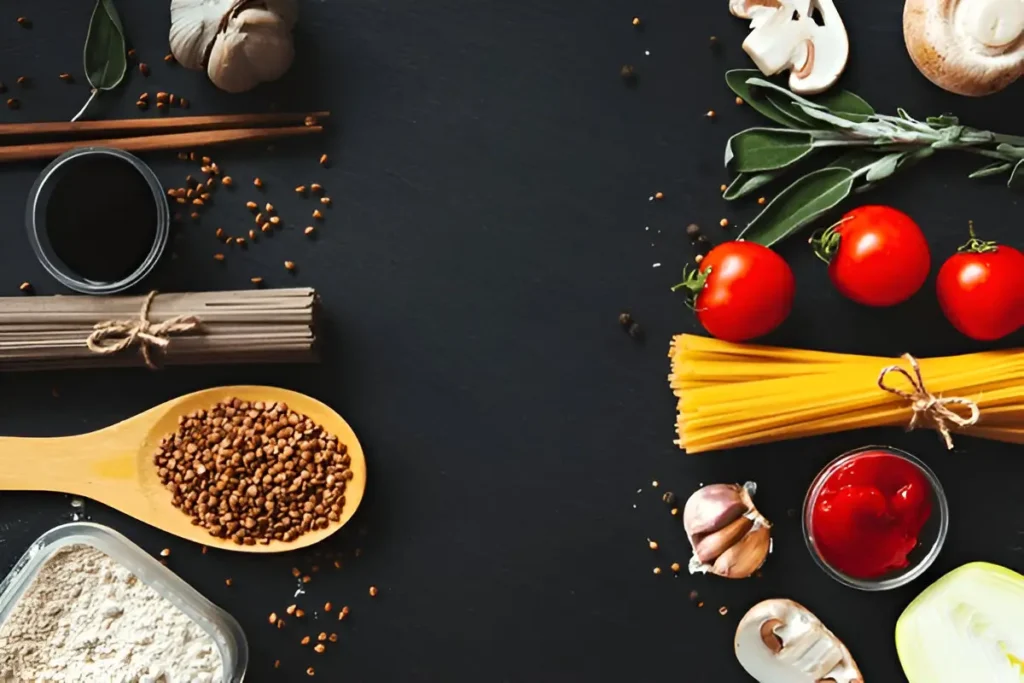
Fresh herbs offer a bright, vibrant flavor, while dried herbs provide a more concentrated taste. The choice between fresh and dried herbs depends on personal preference and the desired intensity of flavor.
Garlic, Shallots, and Other Aromatics
Aromatics like garlic and shallots can add a rich, savory flavor to your vinaigrette. Use them minced or crushed to release their oils and blend well with the other ingredients.
| Ingredient | Benefits | Tips for Use |
|---|---|---|
| Balsamic Vinegar | Rich in antioxidants, adds depth of flavor | Choose aged, traditional varieties for the best flavor |
| Extra Virgin Olive Oil | High in healthy fats, rich in antioxidants | Use high-quality, cold-pressed oil for the best taste and health benefits |
| Fresh Herbs | Adds bright, fresh flavor | Use fresh herbs like basil or parsley for a vibrant taste |
| Garlic and Shallots | Provides a savory, aromatic flavor | Minced or crushed, they blend well with other ingredients |
Step-by-Step Healthy Balsamic Vinaigrette Recipe
Making your own balsamic vinaigrette from scratch is easier than you think, and it’s a great way to ensure it’s healthy and delicious. With a few simple ingredients and some basic kitchen tools, you can create a tasty dressing that’s perfect for your salads.
Measuring and Combining Ingredients
The first step in making your balsamic vinaigrette is to measure out the ingredients. You’ll need balsamic vinegar, olive oil, and a few other ingredients like Dijon mustard, honey, salt, and pepper. The basic ratio for a perfect balance is usually 1 part vinegar to 3 parts oil, but you can adjust this to your taste.
Basic Ratio for Perfect Balance
The ratio of vinegar to oil can vary based on your personal preference. Some people prefer a stronger vinegar taste, while others like it more subtle. You can start with the basic ratio and adjust it later to suit your taste.
Equipment Needed
To mix your vinaigrette, you’ll need a bowl, a whisk, and a container to store it in. A glass jar with a tight-fitting lid is ideal for storing your homemade dressing.
| Equipment | Purpose |
|---|---|
| Bowl | Mixing the ingredients |
| Whisk | Blending the vinaigrette |
| Glass Jar | Storing the dressing |
Mixing Techniques for Perfect Emulsion
To create a smooth and creamy vinaigrette, you’ll need to mix the ingredients well. The whisking method is one of the simplest ways to do this.
Whisking Method
Start by whisking together the balsamic vinegar, Dijon mustard, honey, salt, and pepper in a bowl until they’re well combined. Then, slowly pour in the olive oil while continuously whisking the mixture. This will help create a smooth emulsion.
Adjusting Flavors to Your Preference
Once you’ve mixed your vinaigrette, taste it and adjust the seasoning as needed. You can add more vinegar, oil, salt, or pepper to taste. This is where you can get creative and adjust the flavors to your liking.
Creative Ways to Use Your Homemade Vinaigrette
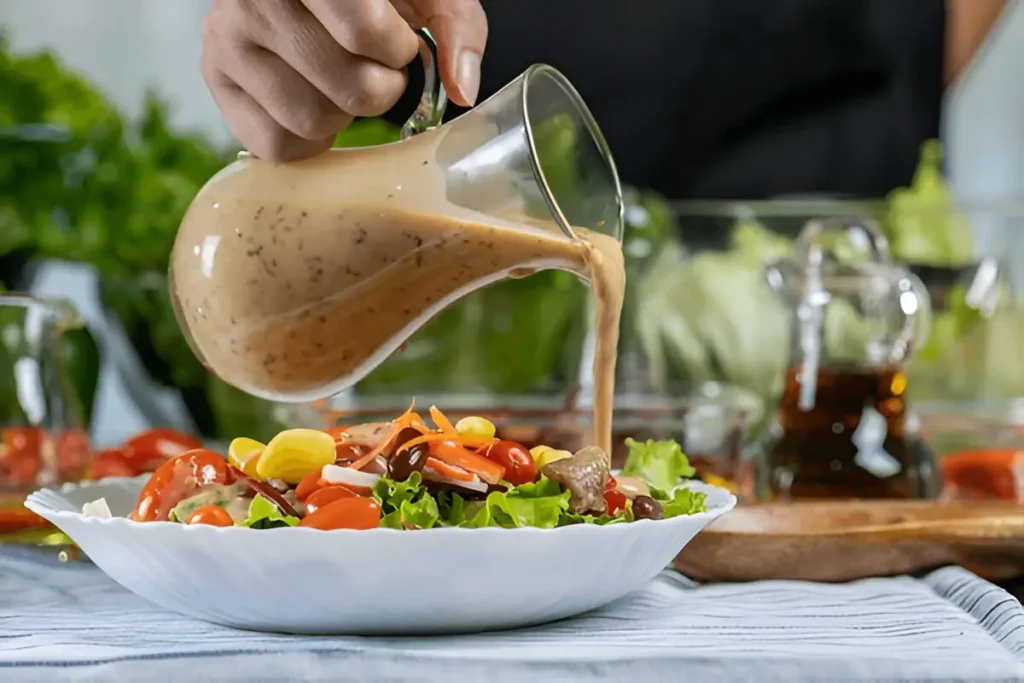
With your homemade vinaigrette in hand, you can elevate a variety of dishes beyond the classic green salad. The delicious balsamic dressing you’ve crafted is not just limited to salads; it’s a versatile condiment that can enhance numerous meals.
Perfect Salad Pairings
Your healthy salad dressing is a perfect accompaniment to various salad combinations. It adds a tangy flavor to your greens, making each meal more enjoyable.
Green Salads and Leafy Combinations
For a simple yet delicious salad, drizzle your homemade vinaigrette over mixed greens, spinach, or arugula. The acidity of the balsamic vinaigrette complements the earthiness of leafy greens, creating a balanced flavor profile.
Grain Bowls and Heartier Salads
Grain bowls and heartier salads, featuring ingredients like quinoa, farro, or roasted vegetables, are also elevated by your flavorful vinaigrette recipe. The dressing ties the various components together, enhancing the overall taste experience.
Beyond Salads: Marinades and More
Beyond salads, your homemade vinaigrette can be used as a marinade for meats, tofu, or vegetables, infusing them with its rich, tangy flavor. It’s also a great addition to soups, stews, or as a dip for bread.
Customization Options for Different Dietary Needs
For those with specific dietary requirements, your vinaigrette can be adapted. You can make low-sugar adaptations or oil-free versions to suit various needs.
Low-Sugar Adaptations
To reduce sugar content, you can adjust the amount of honey or maple syrup in your vinaigrette recipe. This adaptation is perfect for those monitoring their sugar intake.
Oil-Free Versions
For an oil-free version, you can substitute the oil with alternatives like avocado or Greek yogurt, maintaining the creamy texture without the oil.
Conclusion: Storage Tips and Making Healthy Eating Delicious
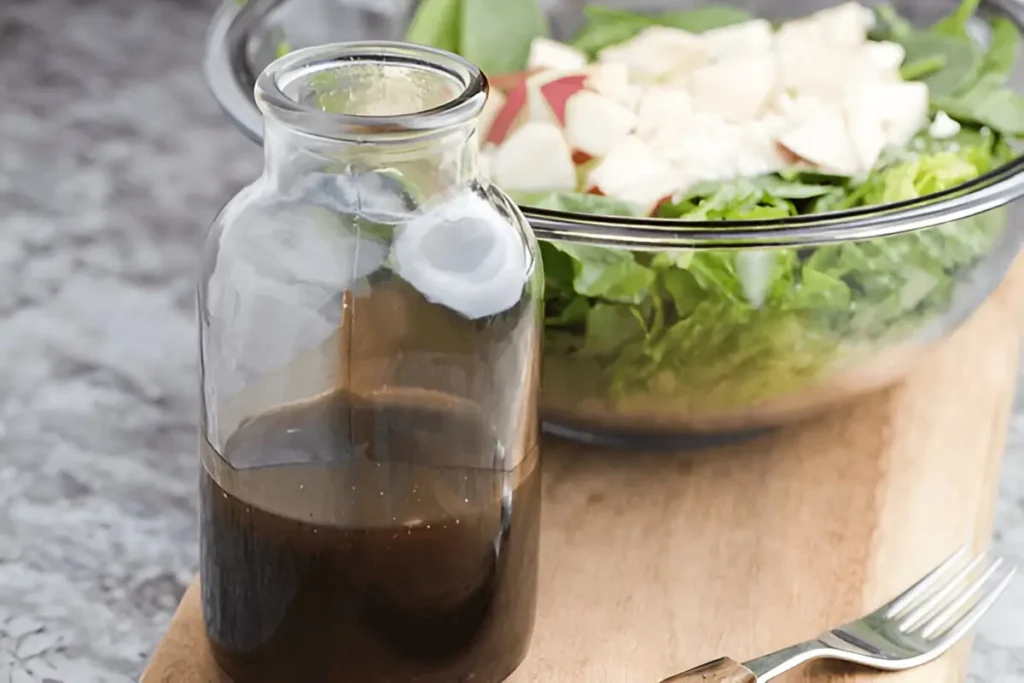
Now that you’ve mastered the healthy balsamic vinaigrette recipe, it’s essential to know how to store it properly to maintain its flavor and texture. Store your easy homemade dressing in an airtight container in the refrigerator to keep it fresh for up to 2 weeks. Give the vinaigrette a good shake before using it to re-emulsify the ingredients.
By making your own healthy salad dressing, you’re not only enhancing the flavor of your salads but also controlling the ingredients and nutritional content. This healthy balsamic vinaigrette recipe is a great way to make healthy eating delicious and enjoyable. Experiment with different flavor combinations and ingredients to create your perfect easy homemade dressing.
With your newfound knowledge of creating a healthy balsamic vinaigrette recipe, you can now elevate your salads and other dishes with a delicious, homemade touch. Enjoy the benefits of healthy eating with a tasty and nutritious healthy salad dressing that you can proudly serve to your family and friends.
FAQ
What is the basic ratio for making a healthy balsamic vinaigrette?
The basic ratio for a healthy balsamic vinaigrette is typically 3 parts oil to 1 part vinegar, but you can adjust it to your taste preferences.
Can I use other types of vinegar instead of balsamic vinegar?
Yes, you can use other types of vinegar, but balsamic vinegar provides a distinct flavor profile. You can experiment with other vinegars like apple cider or white wine vinegar, but the flavor will be different.
What are some common flavor enhancers used in balsamic vinaigrette?
Common flavor enhancers include fresh or dried herbs like basil, oregano, or thyme, as well as garlic, shallots, and other aromatics.
How long does homemade balsamic vinaigrette last?
Homemade balsamic vinaigrette can last for several weeks to a few months when stored properly in the refrigerator or a cool, dark place.
Can I make a low-sugar or oil-free version of the balsamic vinaigrette?
Yes, you can make adaptations to reduce sugar or oil content. For a low-sugar version, use less honey or maple syrup, and for an oil-free version, you can use alternatives like avocado or citrus juice.
What are some creative ways to use homemade balsamic vinaigrette?
You can use homemade balsamic vinaigrette as a salad dressing, marinade for meats or vegetables, or as a dip for bread. It’s also great for grain bowls and heartier salads.

